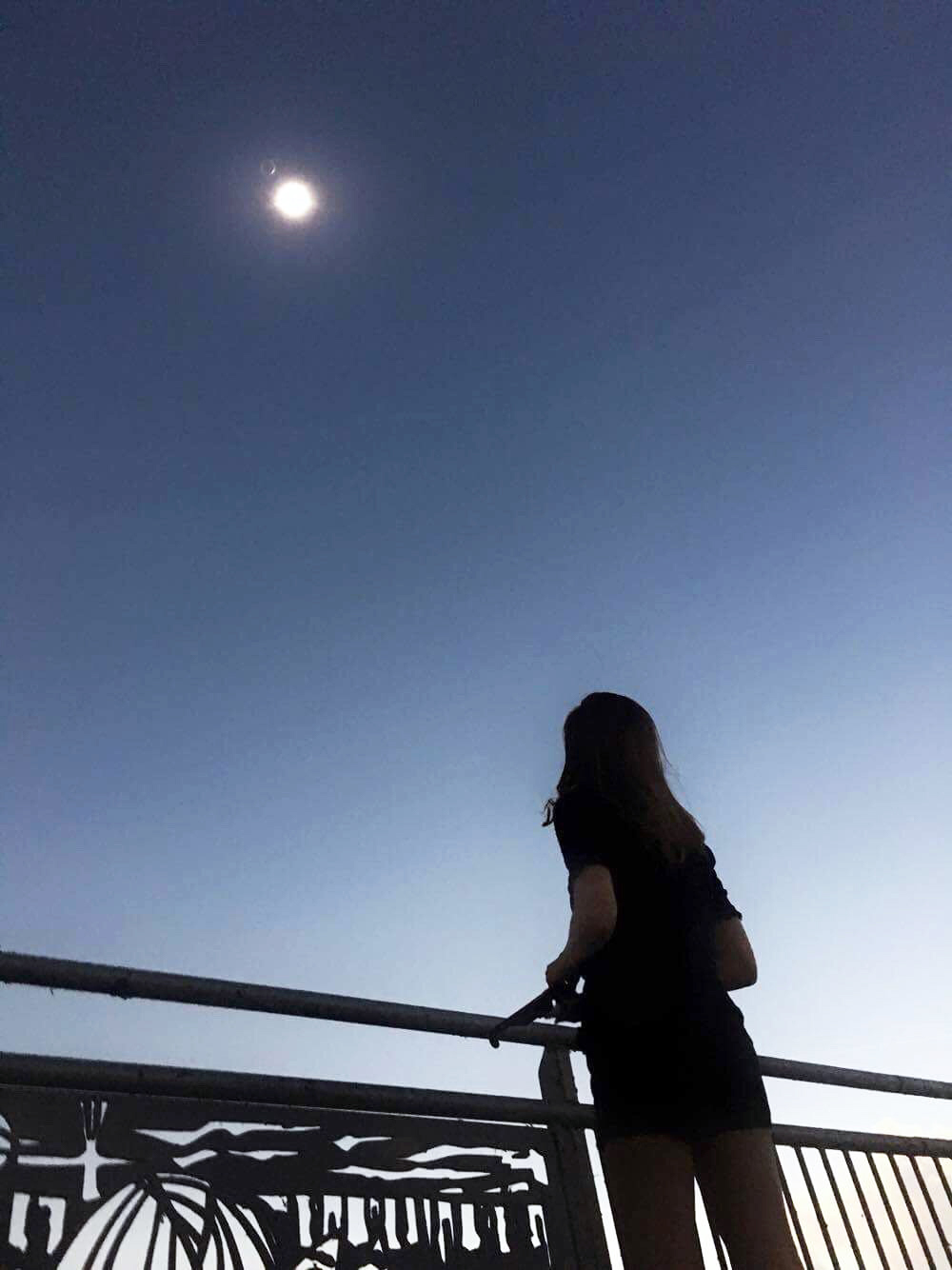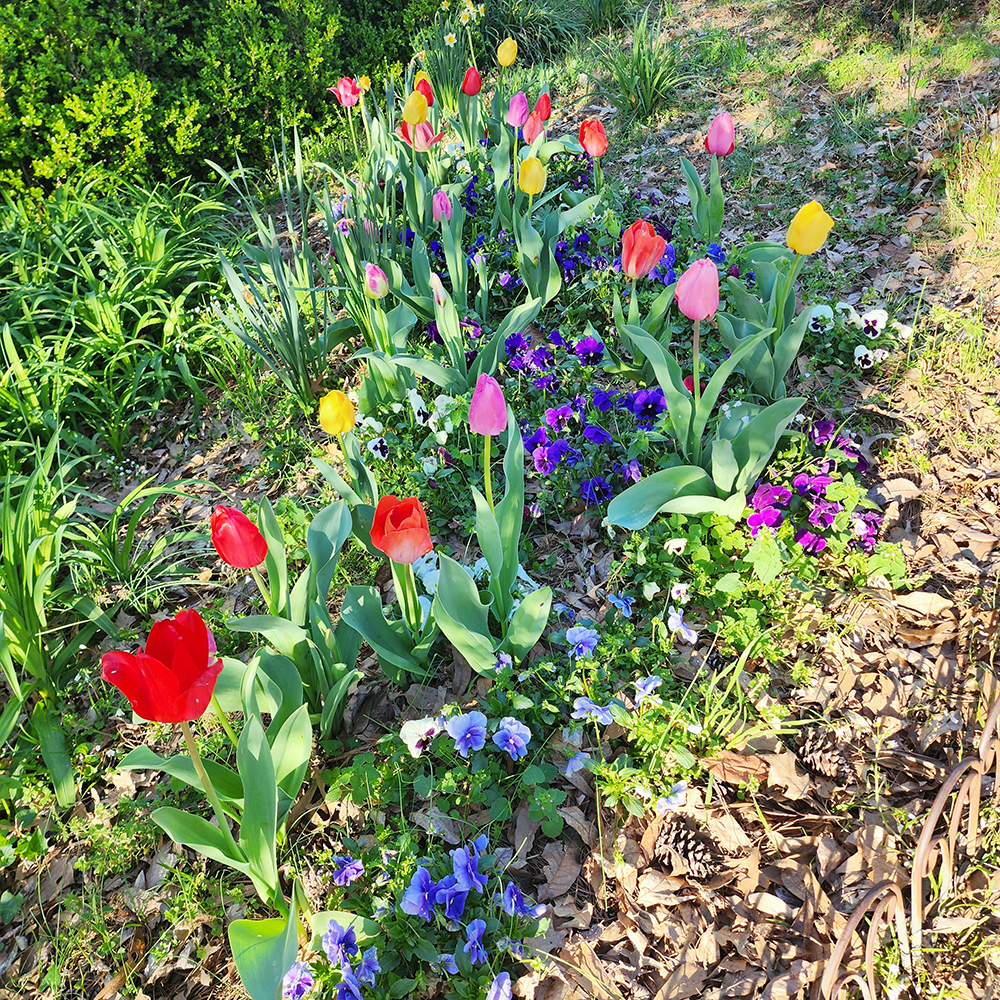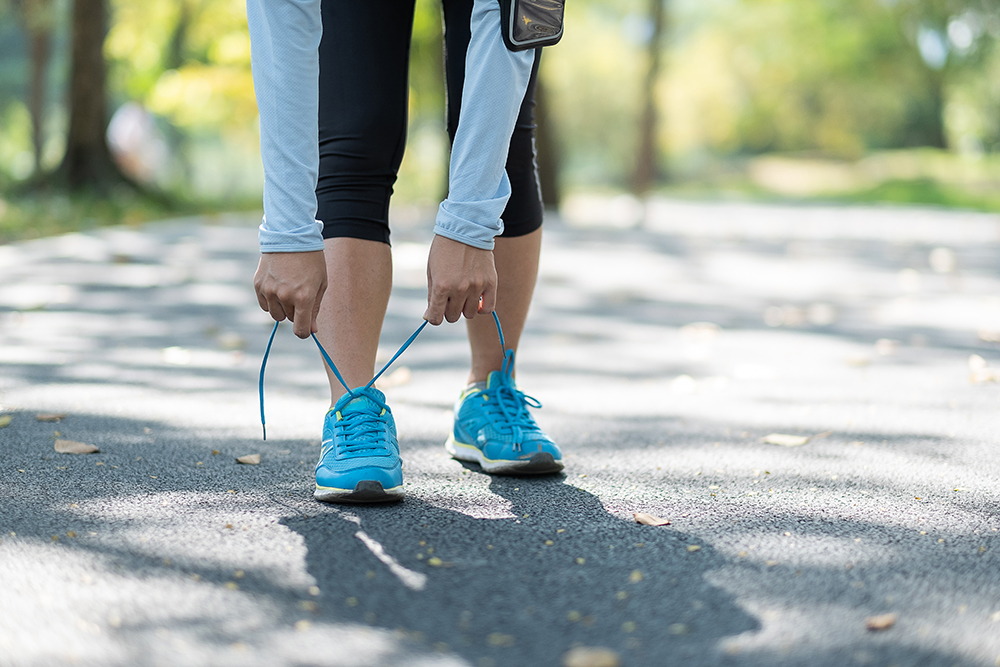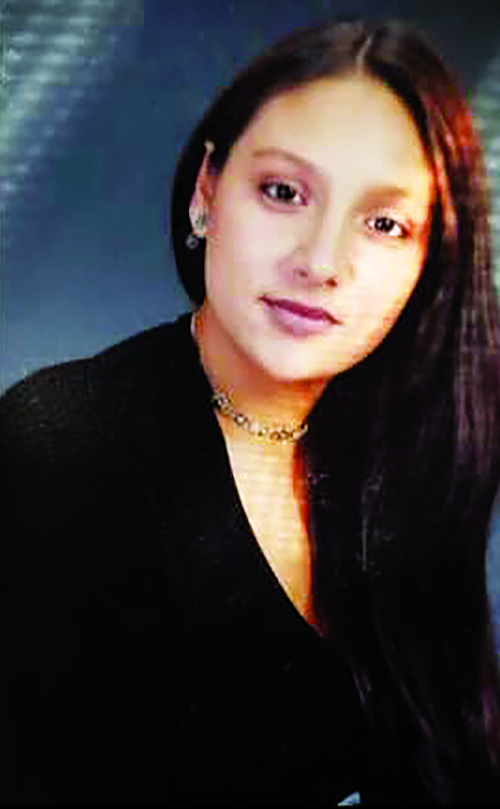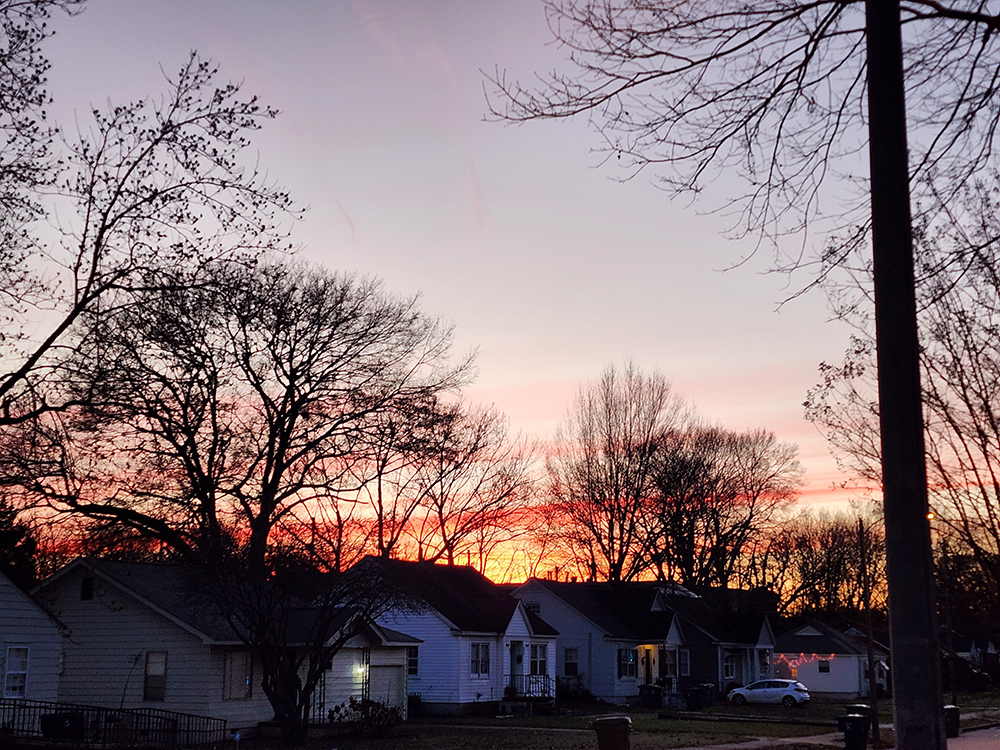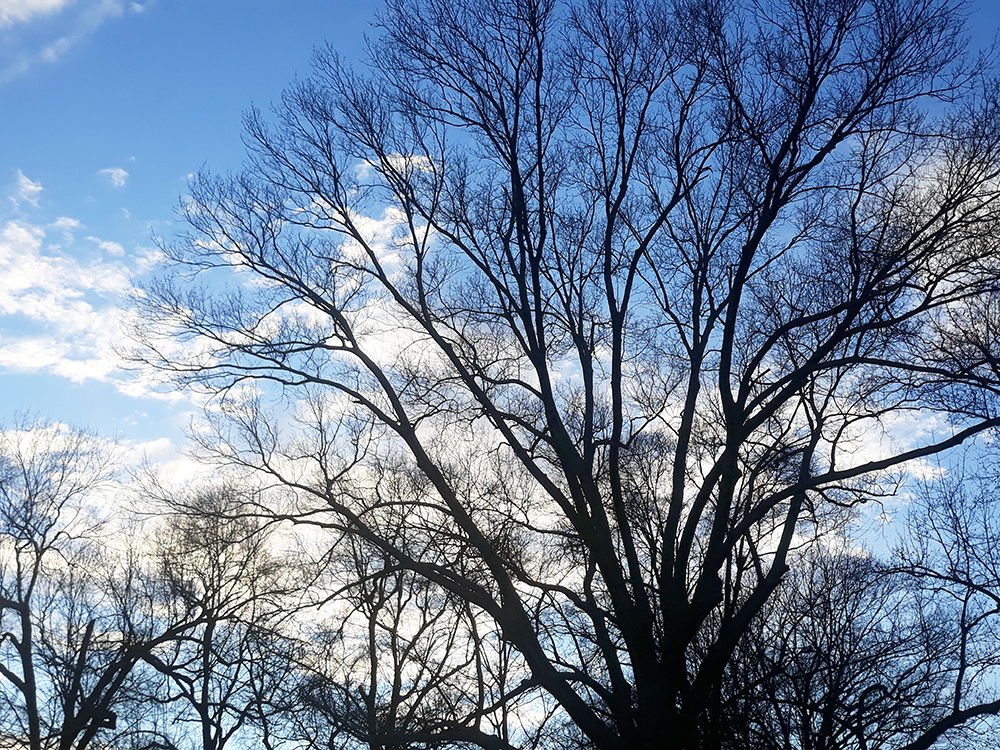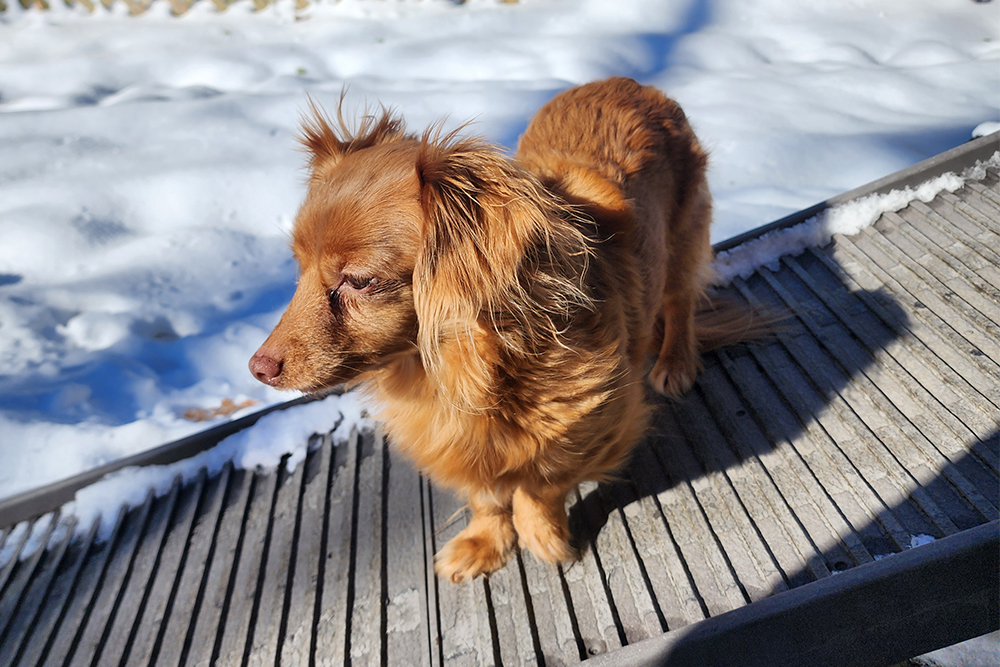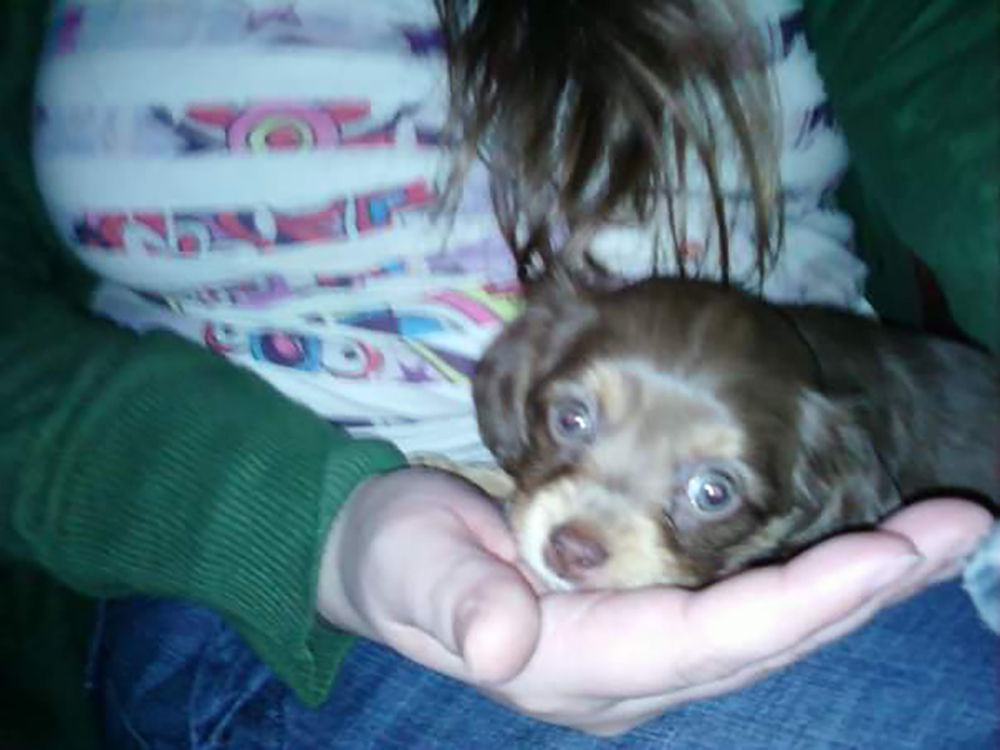I can’t even think about my bones. I’m not sure why, but envisioning the inside of my body — nerves, muscles, veins, and organs — gives me the ick. I’m the type to faint while a nurse gathers blood for a routine lab test. And I’ve learned my veins are small and hard to find, so even the pushing and prodding of my flesh as they attempt to plump up a good one to poke makes me woozy. Once I was watching a TV show where a character had undergone breast augmentation surgery and described the feeling as having salt rocks in her chest, and I went pale and tingly and had to splash cold water on my face and lie down on the bathroom floor. Until recently, although I’m probably the clumsiest person I know, I’d prided myself on never having broken a bone. All my structural pieces were intact and in working order, aside from some likely weak tendons from many ankle sprains through the years — most recently a gnarly sprain to the left ankle last May (and another the previous December). Walking is harder than one might think.
Today, there are seven prescription bottles on my nightstand, and I am writing this from bed with my left foot iced and elevated on a pile of pillows. Some of you may have noticed I’ve been absent from this space for a few weeks — and a shiny new table of contents with accompanying photos teasing the week’s feature stories took the place of my editorial. We already had plans to occasionally run an illustrated table of contents in lieu of an editor’s note on those pesky weeks when words escaped me, but wound up launching it unannounced. I was down for nearly a week in early April with a flu-like illness, and in my feverish haze was unable to conjure up a column. So the first of the designed table of contents pages was set forth into the world. When I started feeling better, I decided to get dressed and go visit a friend. I’d been cooped up for days, swapping out one pair of pajamas for another, and at that point needed desperately to speak to another human in person before turning into a goblin. I put on some makeup and real pants and my favorite clunky platform Doc Martens (middle-school Shara would think today Shara was so cool with those boots) and left the house — free at last!
As I mentioned above, walking is harder than one might think, especially for a person who is prone to rolling their ankle, and even more especially when that person is wearing heavy platform boots. All I know is I was walking down the sidewalk one second, and the next I was on the ground in pain. When I managed to get that super-cool boot off, my ankle shifted unnaturally and sort of dangled at the end of my leg like a pendulum on a grandfather clock. Needless to say, a trip to the emergency room was in order, and what followed was as close to me living my actual nightmares as I’ve yet to get in this life. (I had to think about my bones!)
Medical staff sedated me and attempted to perform a manual “reduction” on the dislocated ankle. A funny aside, one of the medications they gave me before the procedure was propofol, which, a nurse informed me while I was still somewhat alert, was the drug that killed pop star Michael Jackson. After a dose of morphine that didn’t quite do the trick, I saw them coming toward me with another needle and asked, “Is that the Michael Jackson drug?” Then proceeded to sing, “got to be startin’ somethin’ …” as I drifted off to dreamland (I have no recollection of this). The reduction — basically several medical professionals roughly tugging at my foot — was unsuccessful, there was mention of risk of necrosis, and I was rushed to the OR for surgery. I awoke with metal pins in both sides of my heel and two in my shin. The contraption — a multiplanar external fixator, to be exact — holding everything together was bulky, heavy, and increasingly uncomfortable, and I laid up for several days in the hospital awaiting the second surgery, in which I had a titanium plate installed to hold my “blasted” fibula in place. (The surgeon said the mess I made by simply falling looked like a “high-impact” injury. I never half-ass anything.) There’s a pin in there somewhere holding things in place that will have to be removed in a few weeks. So, yeah, a broken fibula and tibia, a dislocated ankle, 30 staples, bionic parts, and seven nights and eight days in the hospital. (I’ll spare you the gruesome photo of my mangled Frankenstein leg.) The past couple of weeks since surgery have been both physically and mentally taxing, as I consider myself an incredibly independent (and stubborn) person — laying around unable to do things on my own is a pain unlike any other. Well, aside from that hospital bill.
Anyhow, that’s where I’ve been. I’ll be recovering for several more weeks at least but now I’m on the other side of the worst of this ordeal (and mostly out of the pain-killer coma). See you here again soon. In the meantime, don’t break a leg!

